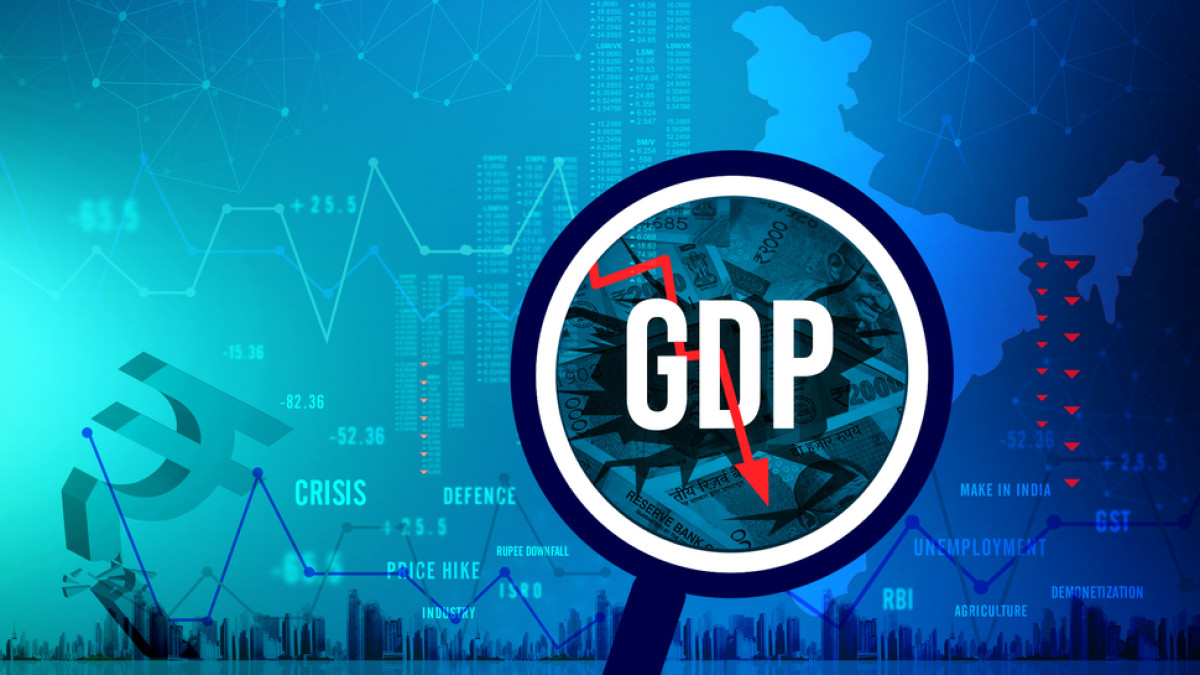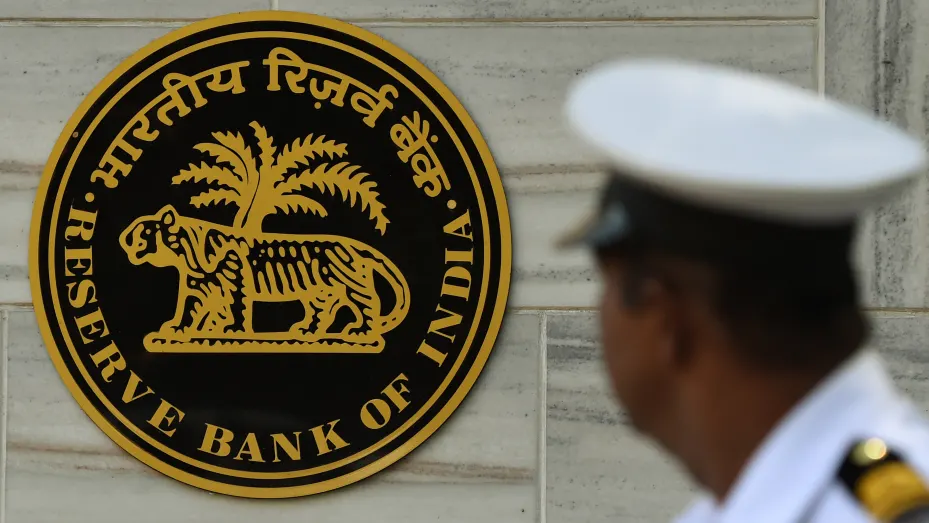According to a Reserve Bank of India (RBI) assessment, it will take another 13 years for India to recover from the losses caused by the Covid epidemic, which struck the country in March 2020.

According to the RBI’s Report on Currency and Finance in 2021−22, India is predicted to overcome Covid-19 losses in 2034-35, assuming real growth rates of (-) 6.6 percent for 2020-21, 8.9 percent for 2021-22, and a growth rate of 7.2 percent for 2022-23 and 7.5 percent beyond that.
The output losses for individual years have been calculated to be Rs 19.1 lakh crore, Rs 17.1 lakh crore, and Rs 16.4 lakh crore for 2020-21, 2021-22, and 2022-23, respectively, according to the central bank.
The RBI stated, “The epidemic is not yet over.” A new wave of Covid has swept over China, South Korea, and portions of Europe. However, different economies are reacting differently, ranging from no-Covid policies in certain jurisdictions (e.g., China, Hong Kong, and Bhutan) to relatively open borders and the elimination of internal restrictions in others (e.g., Denmark and the United Kingdom), according to the report.
The RBI stated, “In India, restriction levels are dynamically adjusted at local levels in response to the developing scenario.” The downside risks to global and local growth are being exacerbated by the ongoing Russia-Ukraine conflict, according to the report, as commodity prices rise and global supply chains are disrupted.
Supply limits and lengthier delivery periods drove up transportation costs and commodity prices, escalating inflationary pressures and jeopardising the world’s embryonic economic recovery. According to the research, India was also affected by global supply chain disruptions, with the supplier’s delivery time plummeting to its lowest point of 29.5 in April 2020.
The RBI study proposes changes based on seven wheels of economic advancement: aggregate demand, aggregate supply, institutions, intermediaries, and markets, macroeconomic stability and policy coordination, productivity and technological progress, structural change, and sustainability.
According to the report, a plausible range for medium-term steady-state GDP growth in India is 6.5–8.5%, which is compatible with the reform strategy. The RBI study stated that “timely rebalancing of monetary and fiscal policy would likely be the initial stage in this journey.”
It also stated that price stability is a need for substantial and long-term growth. The RBI stated that reducing general government debt to below 66 percent of GDP over the next five years is critical to India’s medium-term development prospects.
The report recommended structural reforms such as improving access to litigation-free low-cost land, improving labour quality through public spending on education and health and the Skill India Mission, scaling up R&D activities with a focus on innovation and technology, creating an enabling environment for startups and unicorns, rationalising subsidies that promote inefficiencies, and encouraging urban agglomerations by improving housing and physical infrastructure.
“Industrial revolution 4.0 and a determined transition to a net-zero emission objective necessitate a policy ecosystem that permits enough access to risk financing and a globally competitive corporate climate,” it added.
PSU banks should not be reliant on the government for recapitalization, according to the RBI. In the longer term, it will be required to wean PSBs from government recapitalization; this will be a crucial precondition for broader privatisation of the sector, according to the RBI’s Currency and Finance Report.

